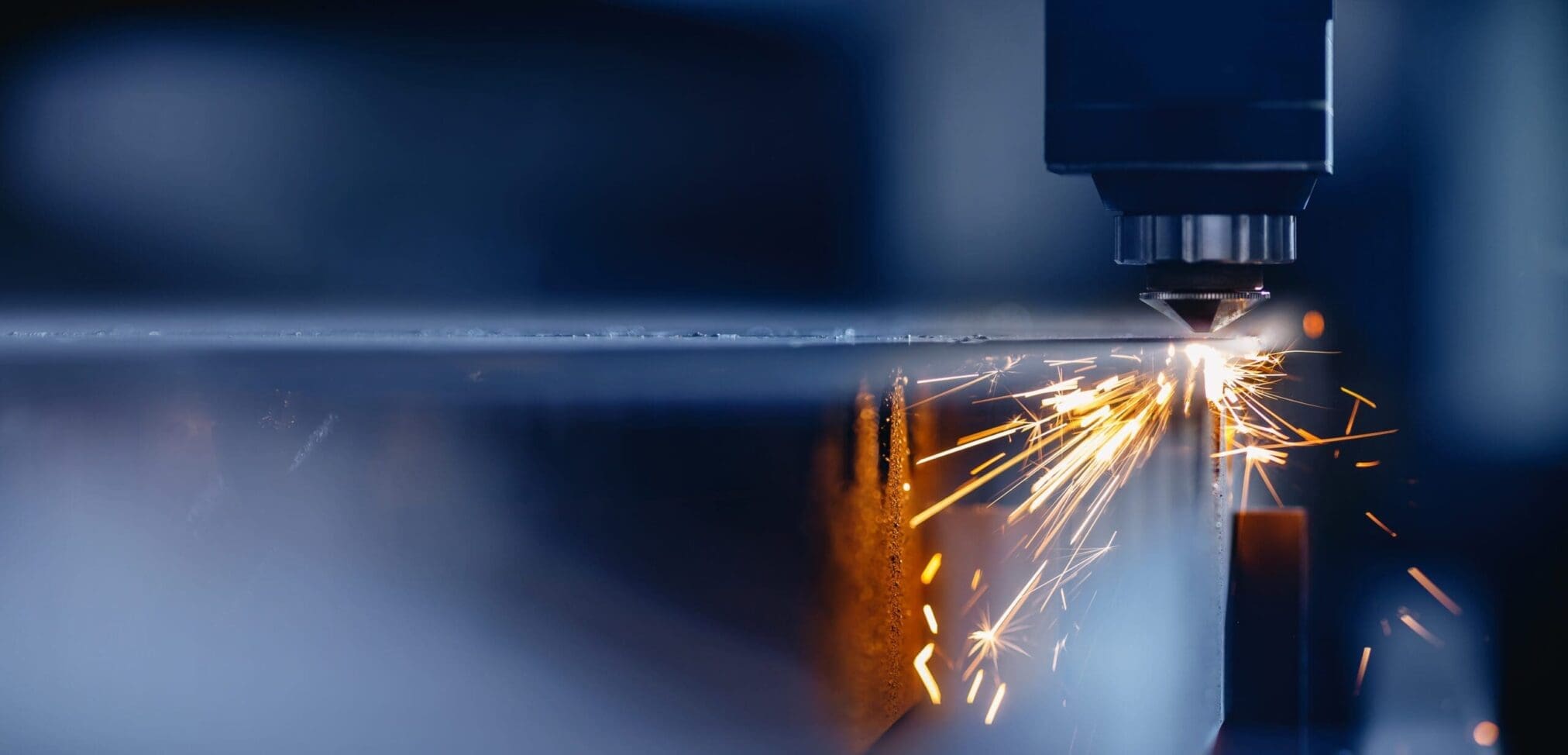What is the advice of the UK competent authorities for the manufacturers of 3D-printed devices or components?
As one may deduce, different requirements apply for 3D-printed products, depending on their classification. It is not the same to be classified as a medical device or personal protective equipment (PPE) when it comes to the applicable requirements.
How do we know if the device is medical or PPE?
Well, this primarily depends on the intended purpose of the device/product determined by the manufacturer. Generally speaking, PPE will be those products destined to protect the wearer whilst the devices intended to protect patients or healthcare professionals are highly likely to be considered as medical devices.
What are the requirements to be met to hold a CE mark for medical devices and PPE?
- Medical devices: Medical Devices Directive/Regulations to hold a CE mark;
- Personal protective equipment (PPE): PPE Regulation 2016/425 to hold a CE mark.
If you would like to receive more information on the CE marking process for medical devices or PPE, contact Obelis and we will guide you through the legal requirements for placing such devices on the market.
What does the UK recommend to manufacturers producing 3D-printed non-CE marked medical devices?
Under the current circumstances provoked by the pandemic, these manufacturers are entitled to submit an application for an exceptional use authorisation and must consider the following before doing so:
- Working with existing parts and manufacturers;
- Risk management: all medical devices are expected to be designed to reduce risk as far as possible and this should be demonstrated by the manufacturer (Annex I – Medical Device Directives/Regulations);
- Technical requirements: specific technical assessments need to be considered depending on the intended function of the device. The U.S. Food and Drug Administration (FDA) published useful general guidance on the technical considerations for additive manufactured devices;
- Biological safety: a comprehensive evaluation of relevant biological safety is to be carried out. Compliance towards relevant safety standards, such as the biological safety standards series ISO 10993, is vital;
- Sterilization and decontamination: the manufacturer should hold hard scientific evidence on this. Specifically on cleaning, disinfection, sterilization, packaging, storage and shelf life (BS EN ISO 17664 and BS EN ISO 556).
What about Personal protective equipment (PPE) products?
Headbands for face shields and visors have lately been massively 3D printed due to the pandemic, but are all of them PPE?
As stated at the beginning of the article, this depends on the intended use given by the manufacturer.
Let’s use face masks as an example of the above:
- Surgical face masks: used by healthcare professionals to protect their health: Medical device and must meet the requirements detailed in the Medical Devices Directive/Regulations.
- Face masks that solely protect the wearer: PPE and must meet the requirements of the PPE Regulation 2016/425.
- Face masks with a dual purpose, like protecting both patients and healthcare professionals: any MHRA exceptional use authorization would just cover regulatory aspects associated with the Medical Devices Directive/Regulations. Hence, these products will still need to meet the relevant essential health and safety requirements of the PPE Regulation 2016/425.
Carlos Francisco Marín Barrios
Regulatory Affairs Department
24/07/2020
For further information on how to distinguish between medical devices and PPE contact us at Obelis.net.


